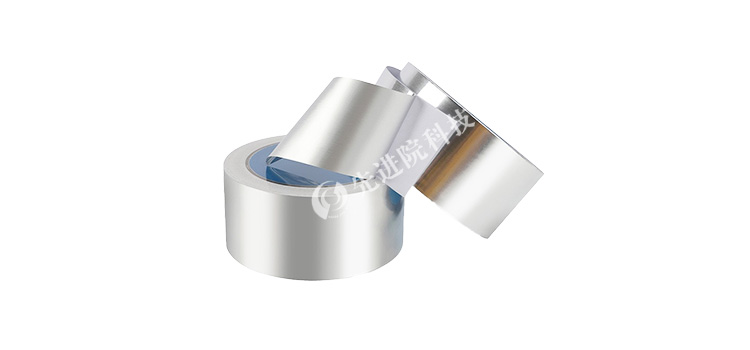

Hotline:0755-22277778
Tel:0755-22277778
Mobile:13826586185(Mr.Duan)
Fax:0755-22277776
E-mail:duanlian@xianjinyuan.cn
With the rapid development of model aircraft, power tools, and electric toys, the demand for rate discharge performance of lithium-ion batteries is also increasing. However, currently commercialized lithium-ion batteries are difficult to achieve continuous discharge at a rate of more than 20 ° C. The main reason is that during high rate discharge, the terminals of the battery generate severe heat, and the overall temperature of the battery is too high, which makes the battery prone to thermal runaway, resulting in poor rate discharge and cycling performance of the battery. In order to obtain lithium-ion batteries with good rate discharge performance and safety and reliability, during high current discharge, on the one hand, it is necessary to avoid generating a large amount of heat in the battery as much as possible, and on the other hand, to improve the battery's heat dissipation rate. The improvement method for the former can start with the design of positive and negative electrode materials, electrolyte, and positive and negative electrode plates, while the latter can improve the battery's heat dissipation rate and safety by optimizing the battery structure.
The electrode ear is the carrier of energy transfer between the battery and the external environment, so increasing the conductivity of the electrode ear can effectively improve the rate discharge performance of the battery during high rate discharge. Conventional lithium-ion battery ears use nickel electrode ears, which have poor conductivity of 140000s/cm. Due to the low conductivity of the electrode ears, the surface temperature of the battery is too high, which affects the high rate discharge performance of the battery. The copper nickel plated negative electrode ear has excellent conductivity, with a conductivity close to that of pure copper, about 584000 s/cm. Thus, a nickel plating process for electrolytic copper foil was developed, but due to the fact that most copper foil nickel plating only covers two sides, and the other two sides are not nickel plated, the electrolyte causes slight corrosion to the other two sides during battery packaging, which poses a safety hazard to the battery over time. Thus, four sides were developedElectrolytic copper foil nickel platingThe processing method.
When making nickel plating on electrolytic copper foil, there is a specialized e-plating solution on both sides of the copper foil during nickel plating. However, as a lithium-ion battery, it is a constant volume reaction device, and the electrolyte serves as the electron transport for the lithium-ion battery. So how to make the electrons collected by the current collector output in the form of electrode ears while ensuring that the electrolyte does not corrode the electrode ears, there are certain issues in terms of cost and battery safety performance. In order to solve such problems and consider its hydrophilic effect, a processing method and process for producing four sided nickel plated electrolytic copper foil with ear tips have been developed.
shouldFour sided nickel plated electrolytic copper foilJi'er mainly solves the problem of electrolyte micro corrosion on Ji'er during packaging of lithium-ion batteries, which leads to the insecurity of lithium-ion batteries.
The key information technology development indicators for nickel plating on copper foil include:
1. Surface roughness is an important adhesion parameter, especially for oily negative electrodes
2. The surface tension and dyne index must be small in order for the slurry to be evenly distributed. The magnitude of surface tension is related to the surface coating elements. At present, most domestic foils are nickel plated and zinc plated, so the surface tension is relatively high, while foreign foils are chrome plated, with strong oxidation resistance and low surface tension. Japanese foil and Taiwanese foil are mostly chrome plated.
Other common management indicators include:
1. Thickness;
2. Surface density;
3. Normal stretching;
4. Normal elongation rate;
5. High temperature stretching;
6. High temperature elongation rate;
7. Appearance, etc

Advanced Institute (Shenzhen) Technology Co., Ltd, © two thousand and twenty-onewww.avanzado.cn. All rights reservedGuangdong ICP No. 2021051947-1 © two thousand and twenty-onewww.xianjinyuan.cn. All rights reservedGuangdong ICP No. 2021051947-2